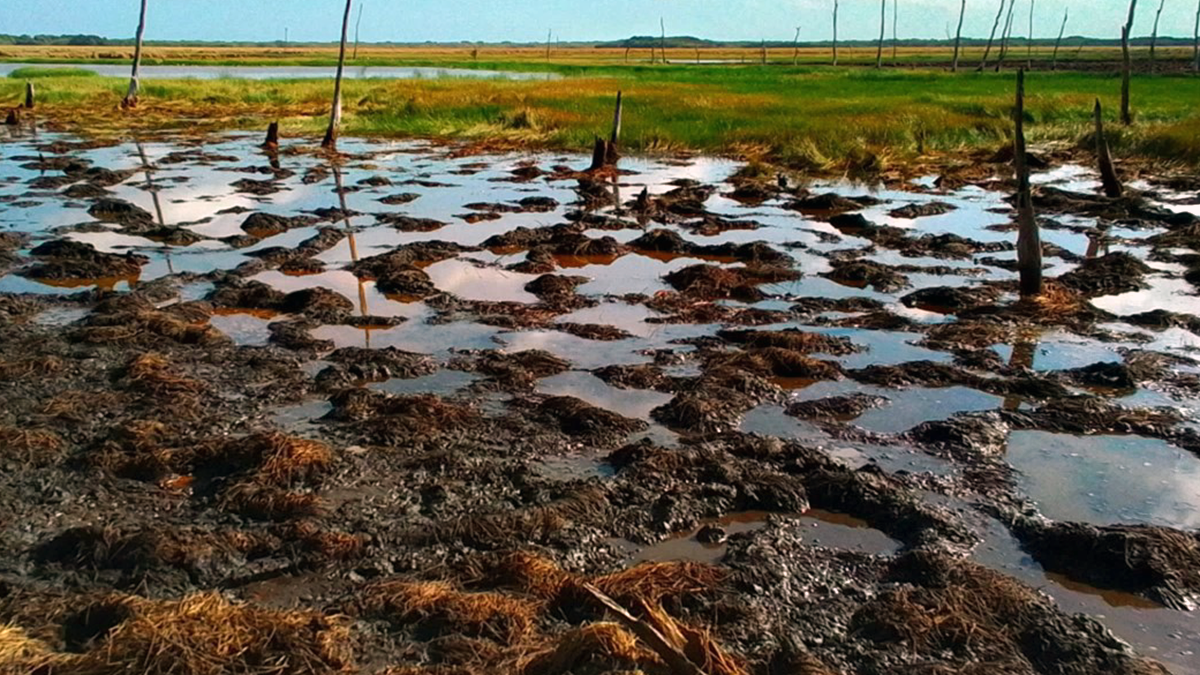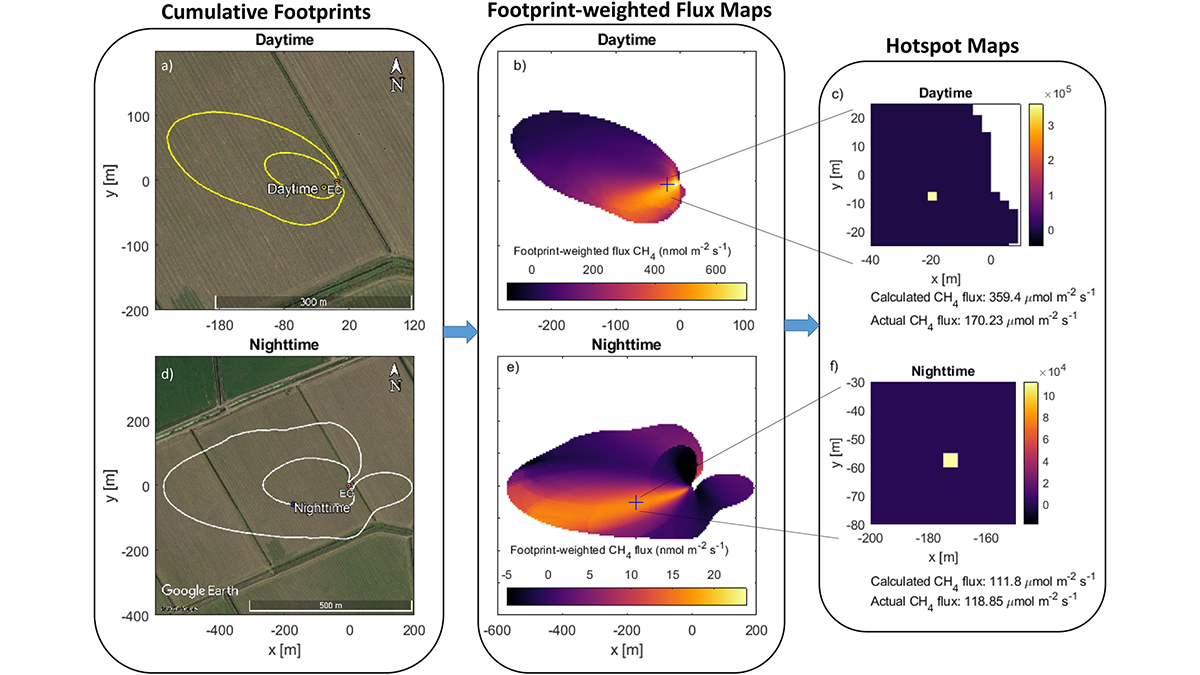A novel fenced enclosure study demonstrates the heavy toll that invasive ungulates have on greenhouse gas emissions from coastal wetlands on Indigenous lands in Australia.
Ankur R. Desai
Department of Atmospheric and Oceanic Sciences, University of Wisconsin–Madison
The Invisible Hand of Carbon Dioxide on Forest Productivity
A statistically robust approach applied to long-term flux measurements quantifies forest ecosystem response to increasing atmospheric carbon dioxide, providing a valuable benchmark for climate models.
When You’re a Wet(land), You’re A Wet(land) All the Way
Wetlands and their methane emissions require careful consideration for incorporation in Earth system models with many advances made over the past 30 years.
Sleuthing for Culprits of Greenhouse Gas Emissions
A new approach to detect hot spots of methane emissions with eddy covariance flux towers proves to be a worthy contender.
It’s Cool to be Short When You’re in the Arctic Permafrost
Extensive ground temperature measurements complicate our understanding of how vegetation cover, snow duration, and microtopography influence the pace of permafrost thaw in a changing climate.
Being Cool is a Slow Ride When You’re a Restored Wetland
Restoring formerly drained peat wetlands can mitigate climate-warming emissions but the reward takes patience.
Dueling Eyes on Ecosystem Metabolism Tell Diverging Stories
Multiple state-of-the-art independent observing systems consistently disagree on magnitudes and patterns of ecosystem metabolism of carbon dioxide, but together can shed new insight.
Advances in Scaling and Modeling of Land-Atmosphere Interactions
Papers are invited for a new cross-journal special collection on insights in scaling land-atmosphere interactions from field experiments, data analyses, and modeling.
Trees Are Watching Us and Our Actions
Annual growth rings in trees tell us more than climate history; they can also document the rise and fall of human industrial activities.
The Many Intertwined Stories of Tree Rings
Trees grow as they age, but it’s not straightforward to tease out how that growth changes over a century of environmental change.










